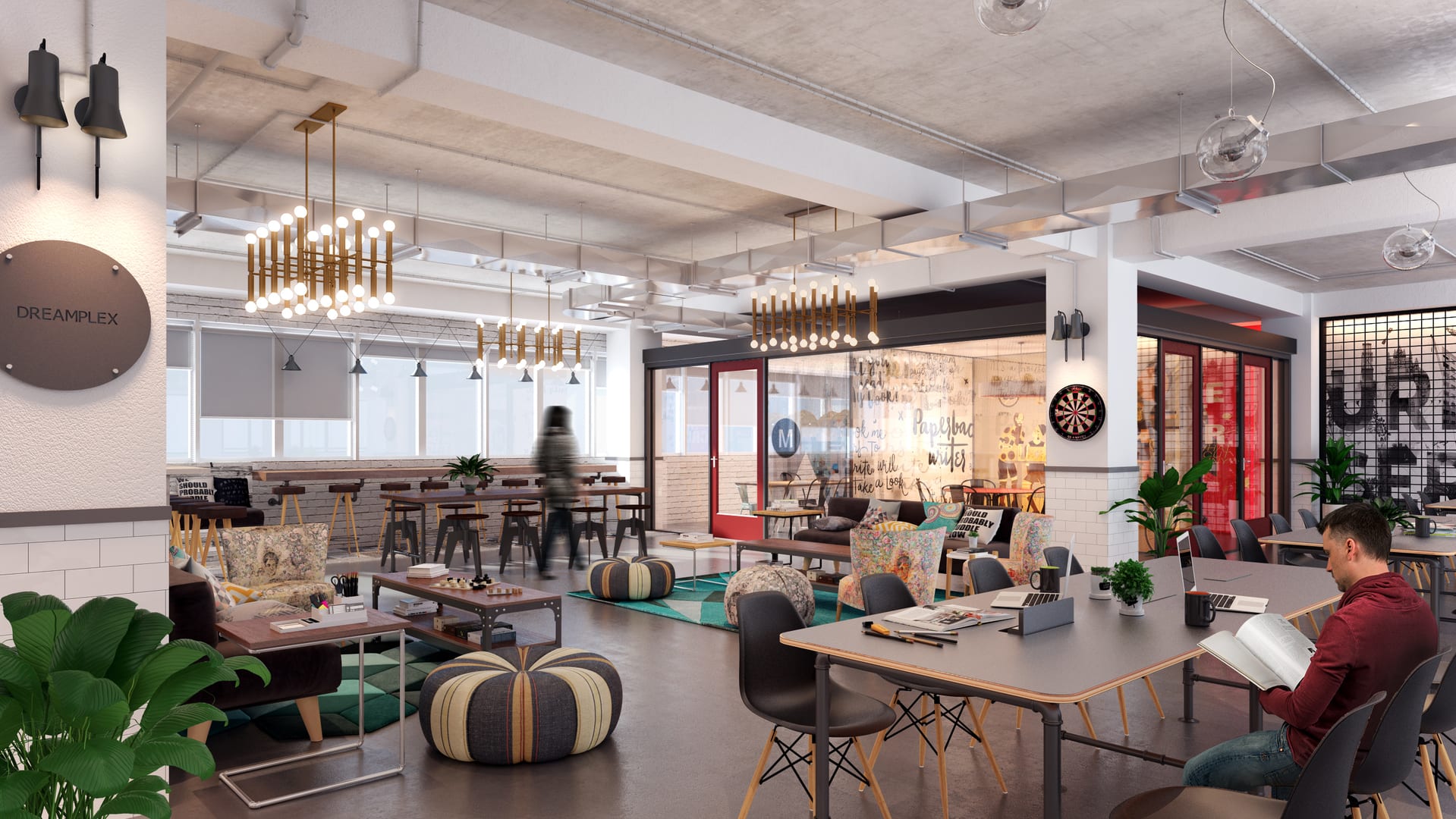Co-working exists for one very clear reason; entrepreneurs are, at their very core, problem solvers. In this case, the problem being tackled is the ever-increasing price of rent. The cost of both personal and office space in London has escalated exponentially in comparison to salaries. Co-working environments present an alternative to expensive offices.
For clarity’s sake, let me define co-working as an open environment where multiple individuals, representing separate companies, work in a shared space. WeWork is considered the most notable example of co-working , based on their recent $16bn (£11bn) valuation earlier this year, but is by no means the only one. CoWorking London, a directory of such spaces, lists 135 spaces in London alone. Interestingly, this number largely doesn’t take into account office environments where companies offer desks to partner organisations or freelancers. Co-working is affecting many more lives than just startups looking for a jazzy place to call home.
Co-working has been talk of the town for some time now. The Hub Network, now Impact Hub, first opened in London in 2005, and now comprises 11,000 members across 80 hubs, globally. Going further back, C-base was founded in Berlin in 1995 and represented one of the first hackerspaces in the world. In 2002, it created open Wi-Fi networks and promoted free access to the internet in a community space. Driven by remote working, faster internet connections, and an open attitude towards innovation and collaboration, this model was the precursor to co-working as we know it today.
So what’s changed since C-base, or early hubs? And how will it continue to evolve? Co-working providers are continuously fighting to leverage the next must have feature – more amenities, from faster Wi-Fi and showers, through to free beer and ping pong. Is that all it comes down to, though? I believe co-working harks back to the coffeehouse environment of 17th and 18th century enlightened thinking. It wasn’t the coffee, just as it isn’t the beer today; it is the community. It’s that magic spark that happens when intelligent, creative people on different life courses come together. Coffee and beer help, but it’s having the right people in the same space and the openness to discuss, imagine, and create that makes co-working special. It is this element that will continue to evolve at the heart of co-working, as providers ask how best to achieve this.
Over the coming years, corporates will learn how to embrace co-working, through a mixture of internal desire and external pressure from staff and competitors. Many, such as KPMG through their Spring space, are already trying. It is quite simply an open space, with a variety of desks – yes, there is also ping pong – and meeting spaces, where they encourage staff to bring clients and partner organisations to work together. It is however driven by their corporate sustainability department, rather than an innovation team, or even human resourcing. Whether it is achieving its goals, I am unable to say as of yet, but it is a promising start. Others, such as Santander and Grant Thornton have dabbled with relocating entire teams into the likes of Second Home and WeWork respectively.
Startups and freelancers will no doubt continue to flock to co-working venues in the future, spurred on by tempting joiner discounts. Ever adaptable, many startups find changing their working environment every three to six months keeps the ideas fresh and the costs down. Of course, the next big lure is promised to be co-living.
WeWork’s approach to co-living, known as WeLive, was affectionately referred to as “living in the Disneyland version of startup life” by Buzzfeed, and on face value, you can see why this appeals. Some providers strive for bright colours, creative artwork, and a youthful vibe – the goal is to become a lifestyle brand to reflect their tenants. Startups are by no means easy business. We entrepreneurial types face more than enough trials and tribulations to warrant a comfy sofa and some rather huggable cushions every once and a while.
Advertisement
The problem of increasing rental prices does not appear to be going away any time soon. The result is that enterprising individuals will continue to search for more effective, cost-saving, and creative ways to work and live. Given the demand for co-working, it seems unlikely the biggest providers will be decreasing the cost for consumers. However, we will see a greater range of spaces, with a real mix of facilities and benefits, particularly once corporates start actively looking for inhabitants within their newly created spaces.
With co-living and co-working hubs fulfilling all our needs, co-working is quite clearly here to stay. If the term ever disappears, it will only be because it becomes synonymous with our notion of working.
Mark Corbett is the co-founder of Pace Ventures, an innovation consultancy that build hackathons and accelerators for clients. It is compiling a free guide into London’s co-working scene for startups and SMEs
SOURCE: www.theguardian.com


